The 10 steps of a Cat® Certified Rebuild
15 September 2020
So you’ve decided to save thousands and complete a Cat® Certified Rebuild. Great choice – but what does that actually mean? Let’s take a look at our 10-step process to get you a ‘like-new’ machine that’s ready to work.
Step 1: Inspection/Evaluation
We perform fluid analysis, visual inspections and review maintenance/S.O.S(SM) analysis services to develop a customized rebuild plan and cost estimate. Certified Rebuild includes more than 350 tests and inspection; Certified Power Train, up to 200.
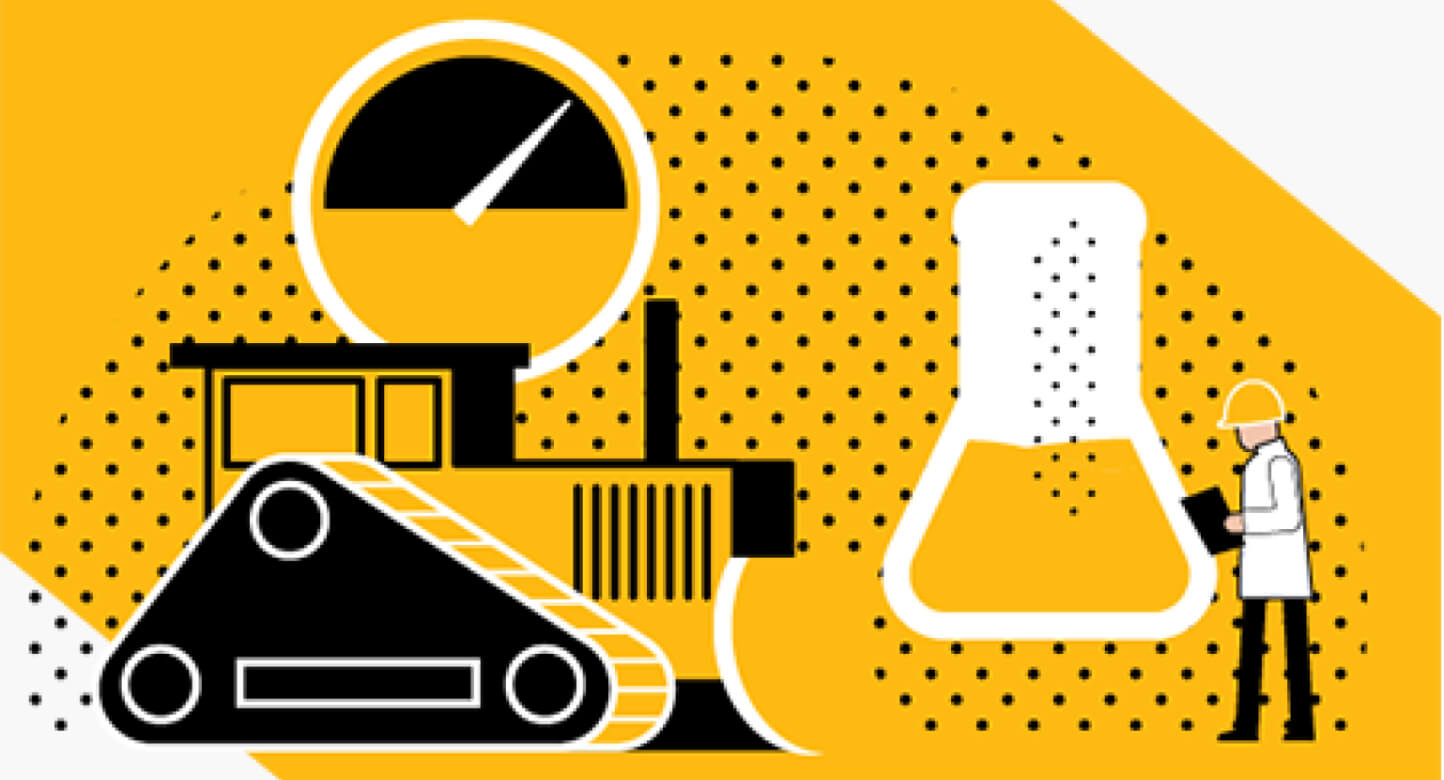
Step 2: Disassembly
Your machine or power train is disassembled. All hoses, belts, seals, gaskets, bearings, knobs, wiring, switches, and gauges will be replaced with new parts. Remaining parts are inspected and measured against strict reusability guidelines. Parts that don’t meet the guidelines are replaced with new or Cat Reman parts—or reconditioned to meet specifications. Approximately 7,000 parts are replaced in machines; 3,000 in powertrains.-
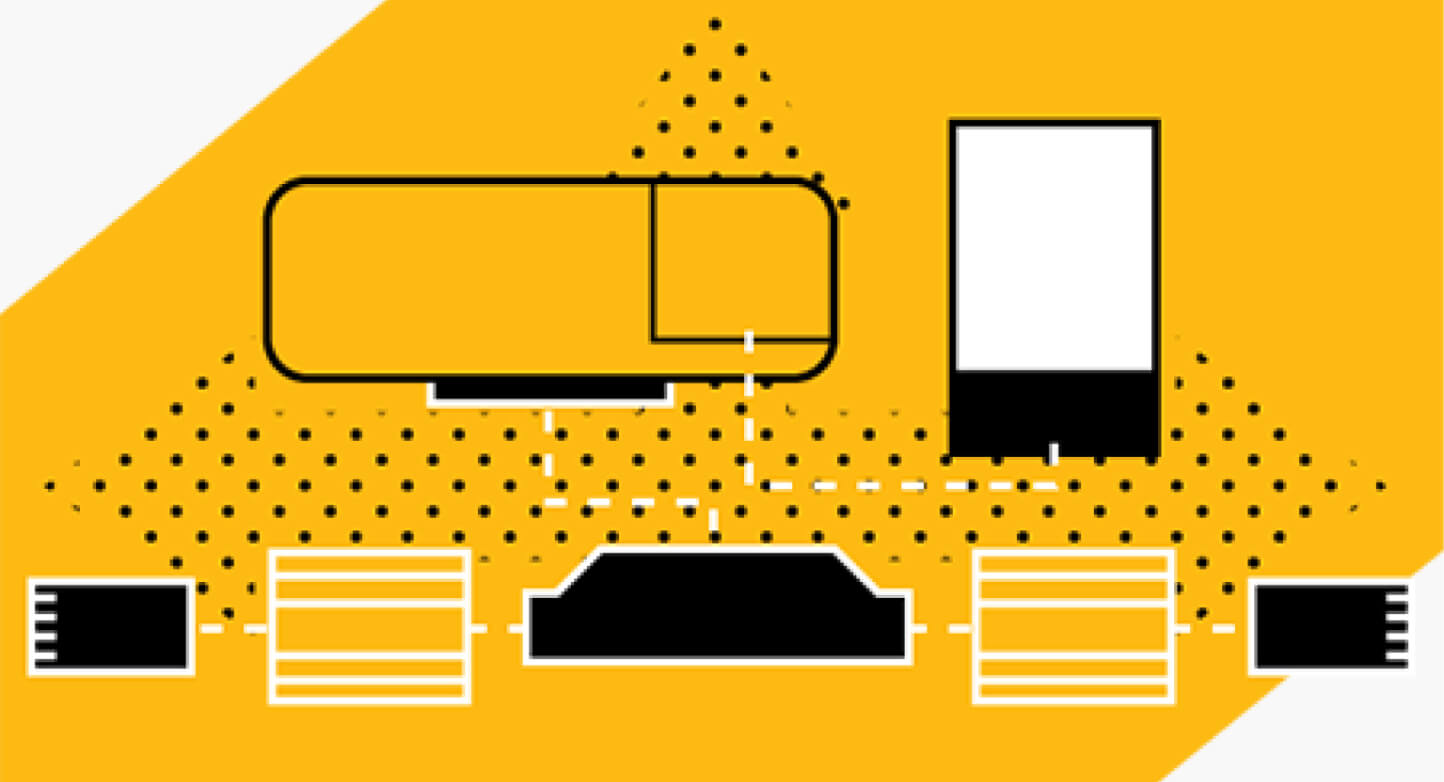
Step 3: Reconditioning
This includes work not typically included in the overhaul. Frames are examined and, if necessary, straightened, welded and reinforced. Worn linkage pins and shaft bearings are replaced. Hydraulic systems are returned to their original levels of performance, reliability and cleanliness, meeting ISO 18/15. Electronic control modules and software are replaced.
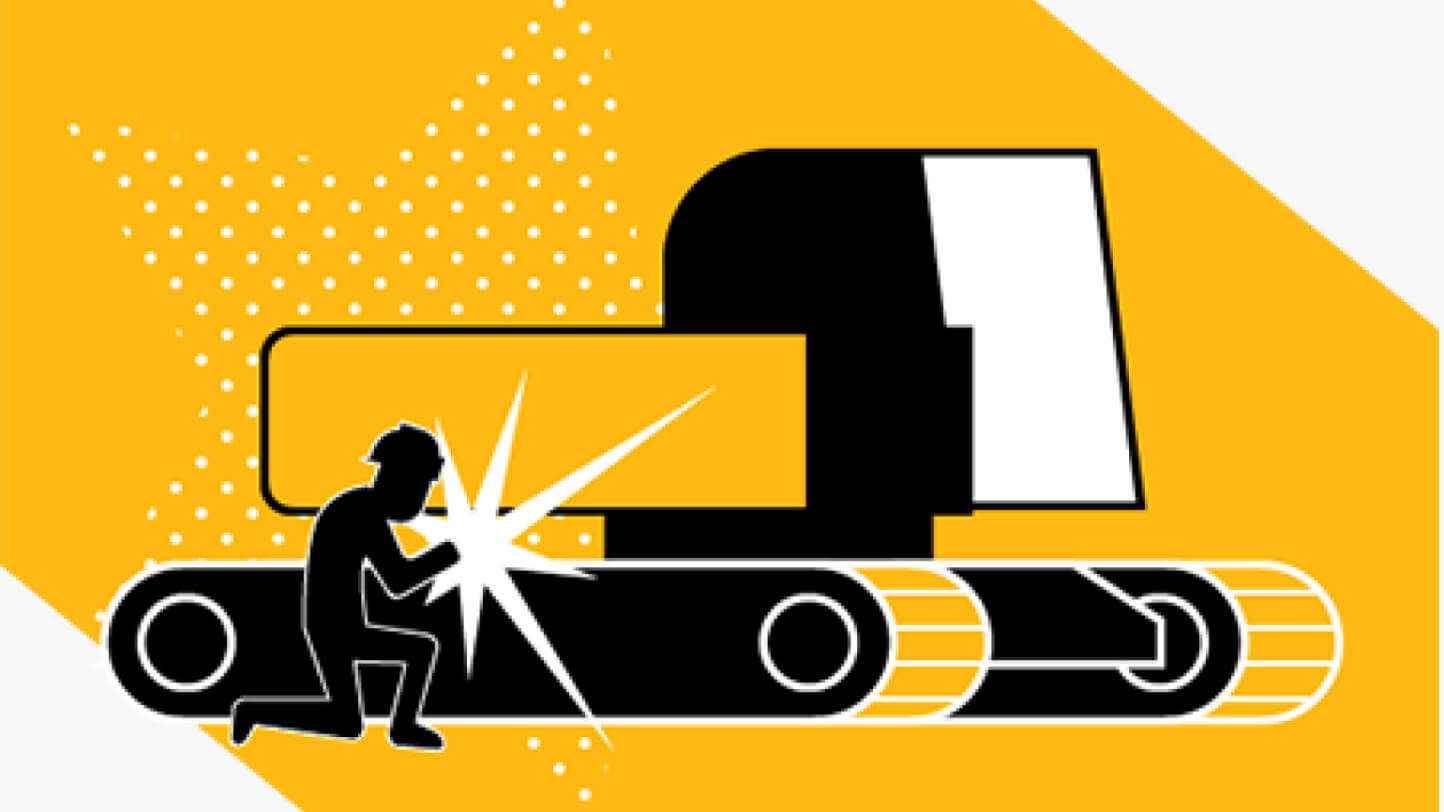
Step 4: Engineering Updates
Improvements introduced after the original date of manufacture and incorporated.
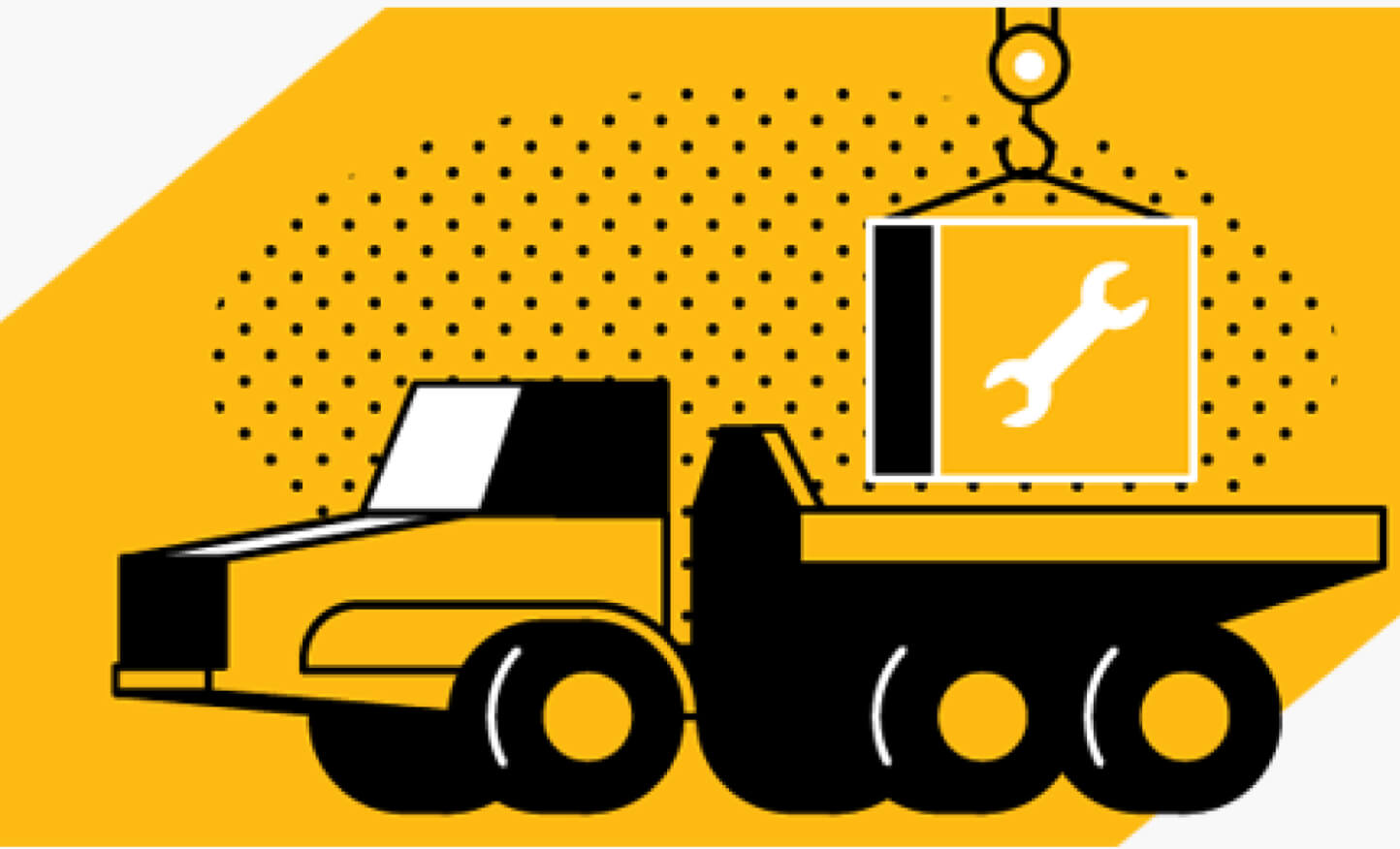
Step 5: Repainting
Your machine is repainted. Model identity graphics are applied. And a Cat Certified Rebuild decal is issued.
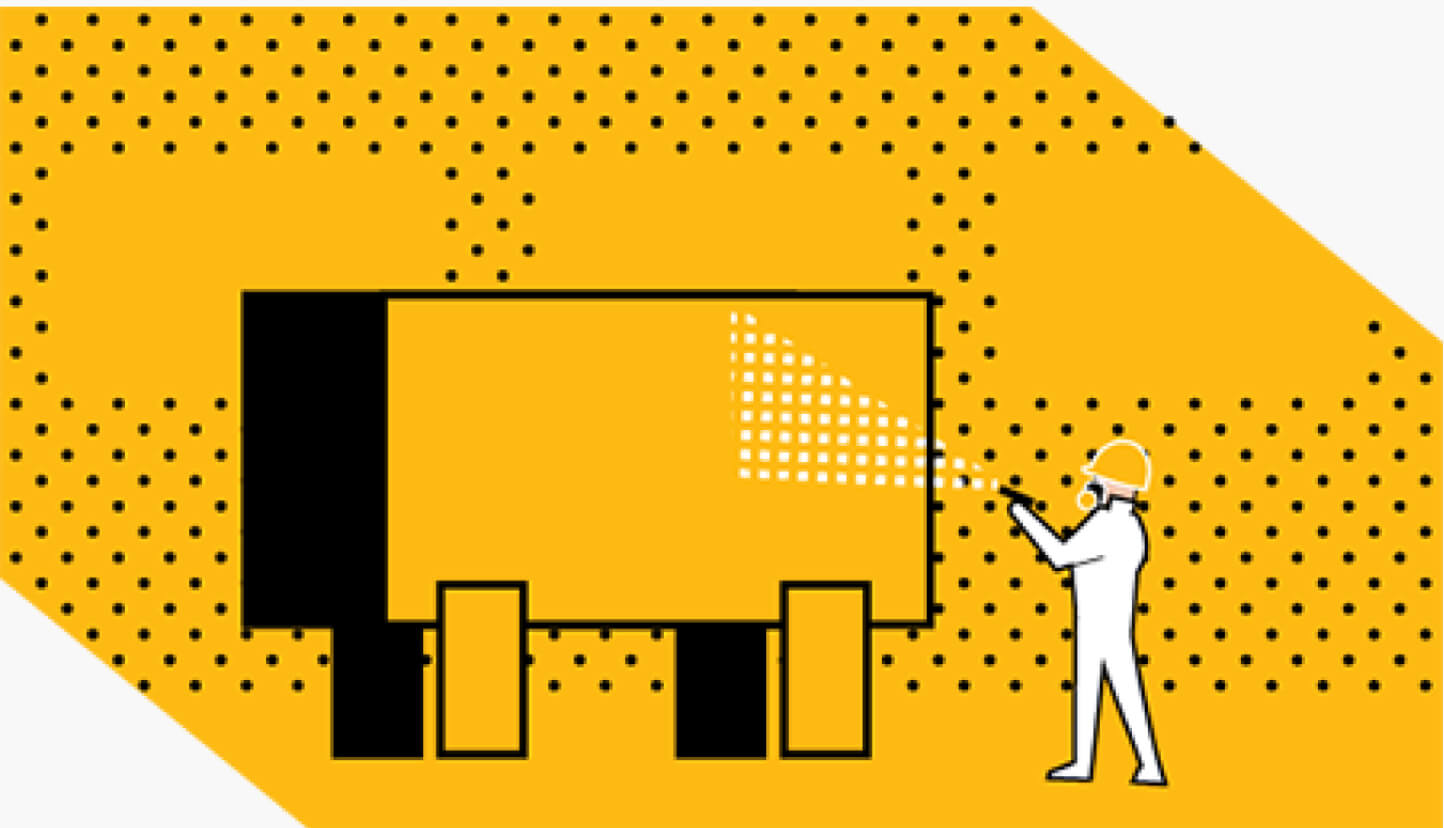
Step 6: New Serial Number of Product Identification Number
Certified Rebuild machines receive a new serial number or product identification number. The number identifies your machine and entitles you to a like-new standard warranty.
An additional bonus; Certified Rebuild machines tend to capture significantly higher resale values.
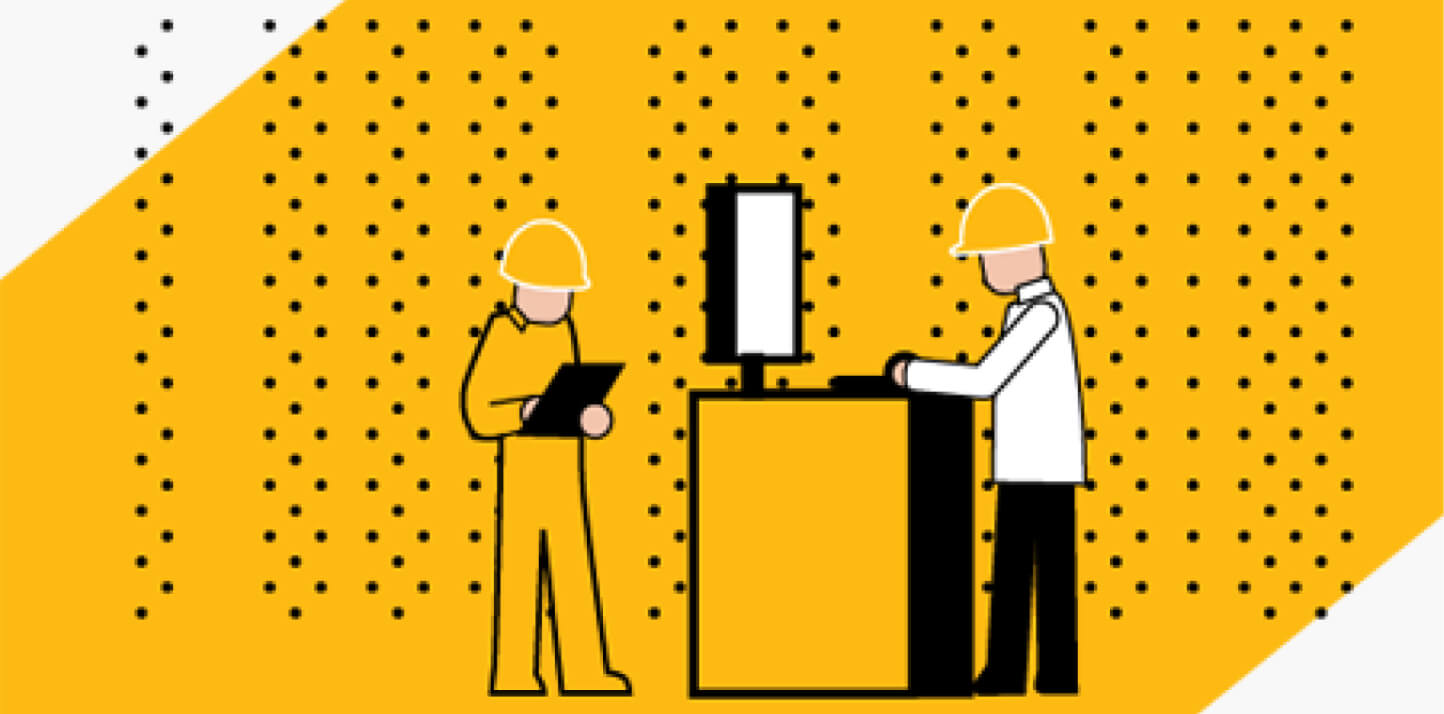
Step 7: Customer Evaluation
Now it’s to you and your operator for evaluation. The rebuild process is not complete until you are satisfied with the performance of the machine or power train in its working environment.

Step 8: Powertrain Tests
The engine, fuel system, transmission, torque converter, differential, final drives and radiator are inspected, reconditioned and updated with new or qualified parts. Each component is thoroughly bench tested before reinstallation.
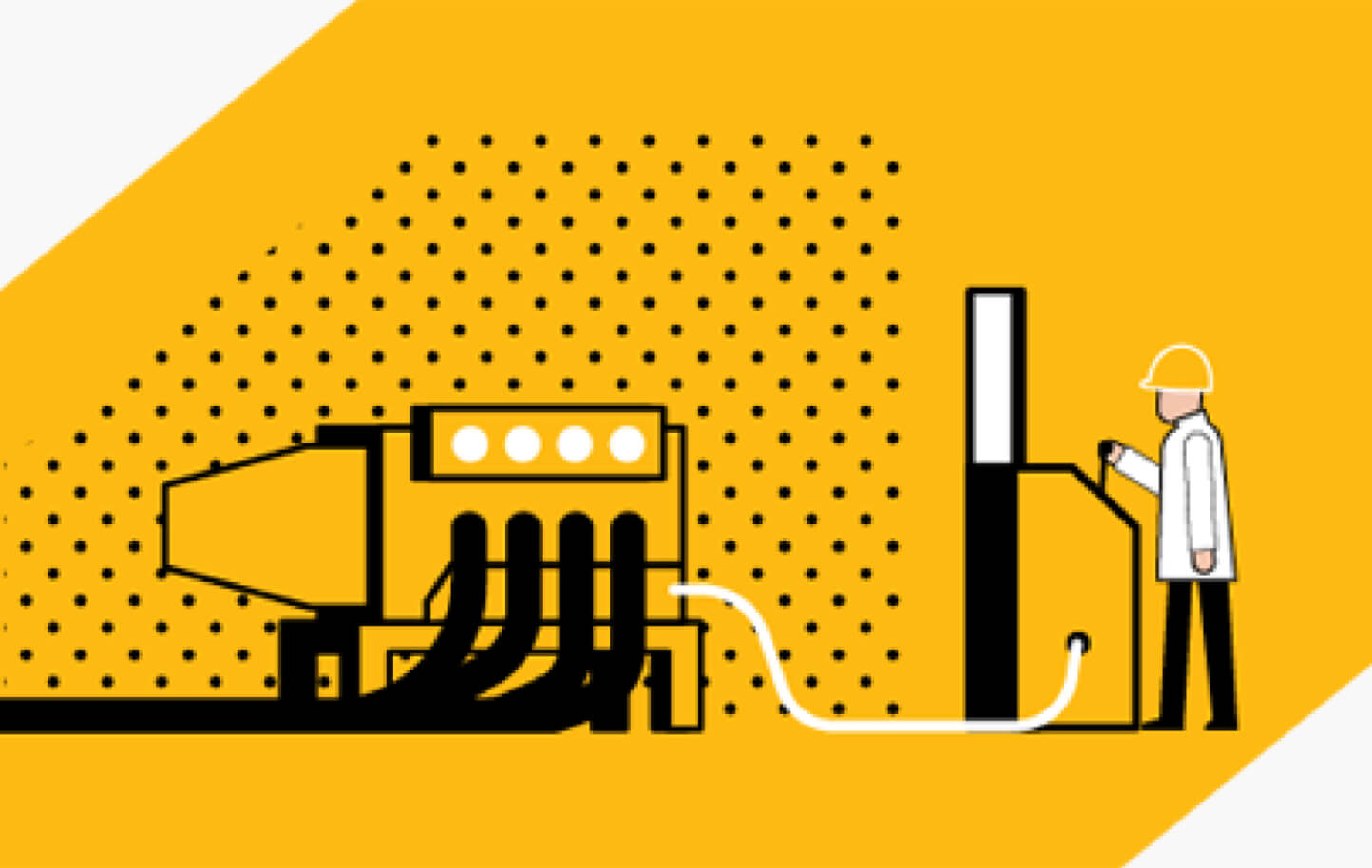
Step 9: Reassembly
All critical torques, clearances and pressure settings are maintained and recorded during reassembly. Engine wiring harnesses are always replaced. Other wiring is replaced on full machine rebuilds only.
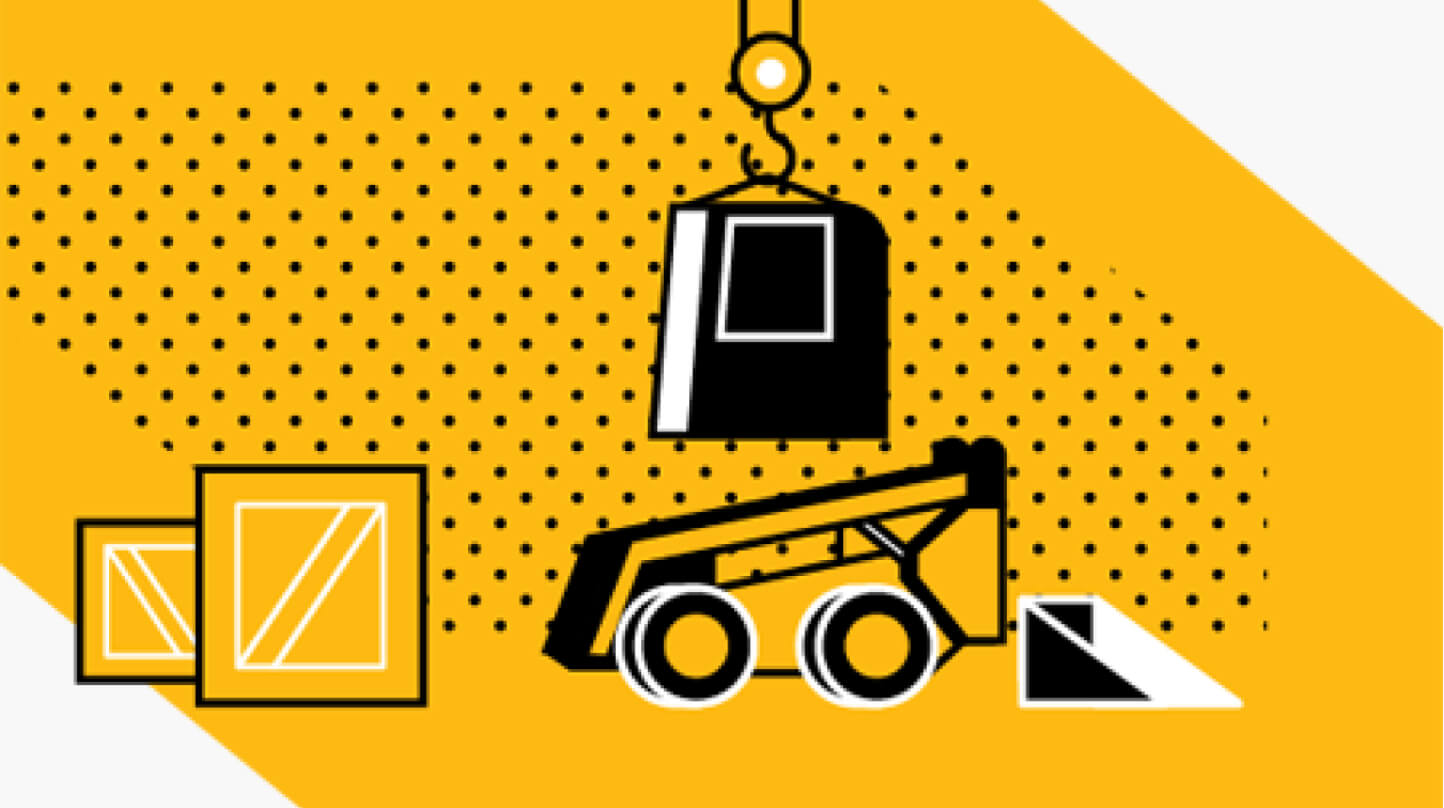
Step 10: Performance Testing
Quality control includes testing. Standard tests include: turbocharger boost, throttle response, stall speed rpm, transmission and steering clutch response, and hydraulic and pilot relief valve pressures. Contamination control procedures ensure the unit meets total system cleanliness of ISO 18/15. Instrument and operational testing ensure field and shop performance levels match.
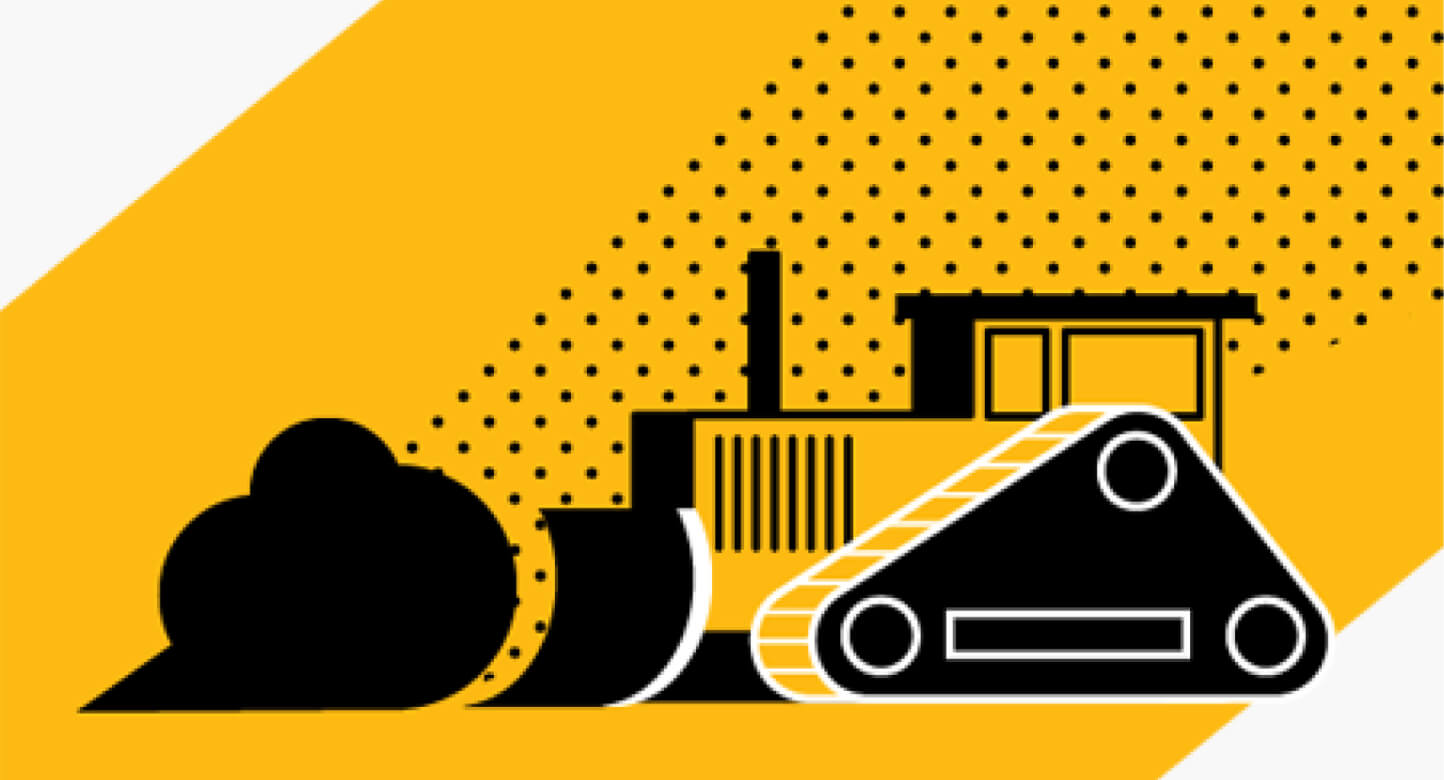
Learn more about all our rebuild options and talk to one of our Finning reps today.
Finning is the world's largest Caterpillar dealer, selling, renting and providing parts and service for equipment and engines to customers across diverse industries, including mining, construction, petroleum, forestry and a wide range of power systems applications. We operate in Western Canada, South America, and UK and Ireland.